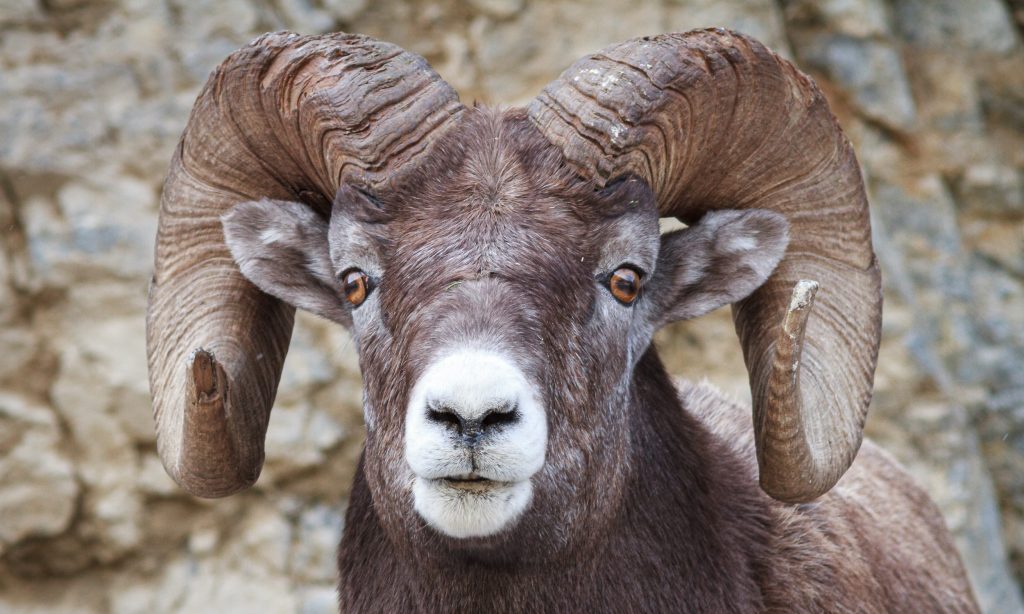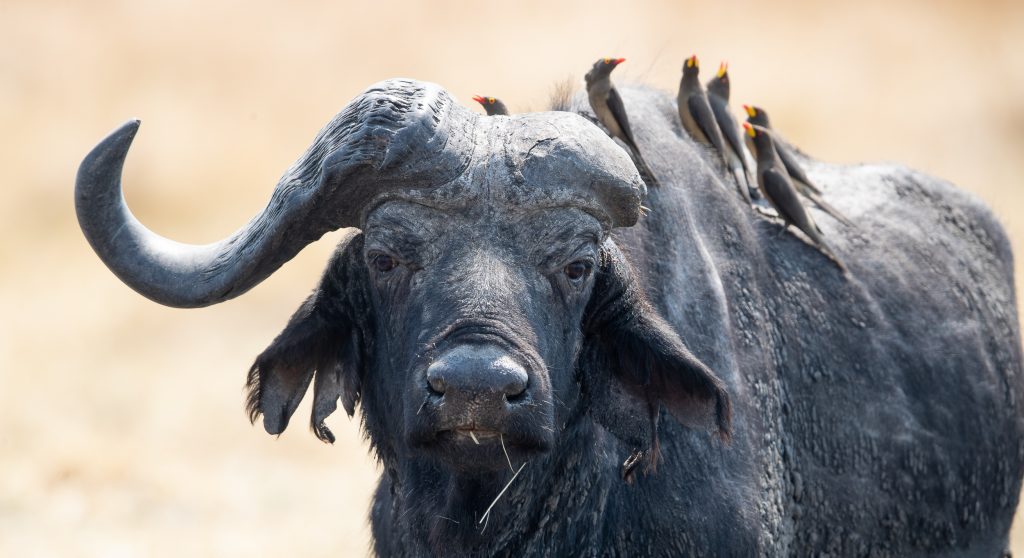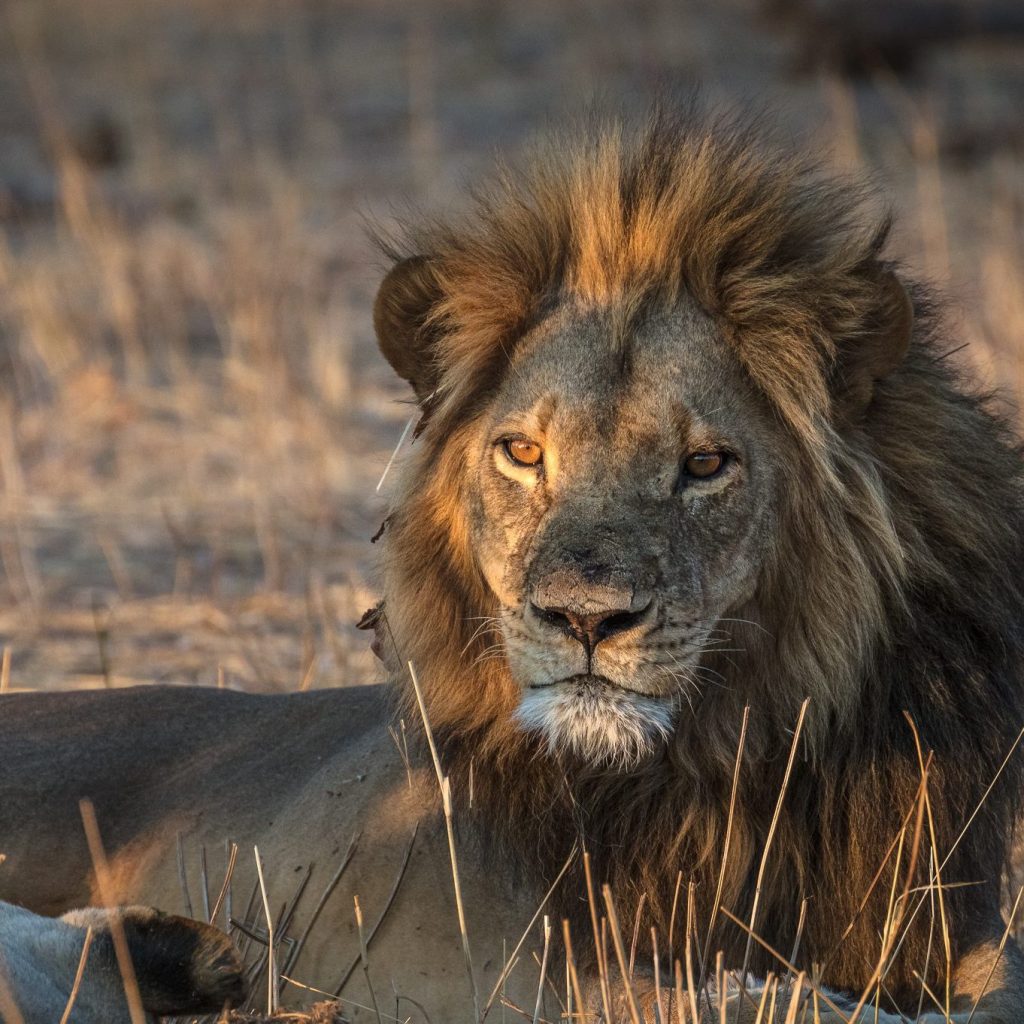Trophy hunting is when an animal is hunted and the whole animal or part of the animal is kept and usually displayed, irrelevant of whether the rest was eaten. Animals hunted as trophies are usually the biggest in body size or the most ornate, meaning that they are often male. They are considered to be those which had large antlers, horns, ivory tusks, or which were ornate. Traditional examples of trophy animals include elk, whitetail deer, bighorn sheep, caribou, moose, black bear, mountain lion, roebuck, buffalo, bears, male lions, elephants and rhinoceros.
What’s the problem?
The following case study is based on independent research by Ethical Consumer (2020, 2018 & 2016). You can read the full reports here.
Ethical Consumer’s 2016 study highlighted that of the 30 companies analysed, 47% referenced ‘big-game’ or trophy hunting in their promotional language. A number of companies (including Alpen, Berreta, Bresser, Hawke, Leupold, Meopta, Minox, Nikon, Swarovski, Vanguard, Vista Outdoors, Vortex Optics and Zeiss) also sponsored hunting TV shows that promoted trophy hunting.
When killing is restricted to a few animals via a quota, or a population’s size shows little change, the demographics of a population may still be altered through the process of selective hunting: hunting targeted at animals with desirable features (or sometimes undesirable features).

Elephant, prized for their tusks 
Big horn sheep, prized for their horns 
Buffalo, prized for their horns 
Lion, prized for their manes
For example, trophy hunters, attracted by large or distinct sexually selected features such as manes, tusks or antlers, may target mature or old males. This results in some hunted populations having female-biased sex ratios, and/or a younger male population. This can affect population dynamics, mating behaviour, and may make certain sub-populations more vulnerable to competing groups. For example, larger lion prides, with a higher number of mature males, are less prone to losing kills to hyenas. If mature males are killed for trophies, prides potentially become more vulnerable to hyena ‘robbings’, creating an energy drain by increasing the need for them to hunt.
Smaller prides, with fewer mature males, are also vulnerable to incoming sexually-mature males. Cubs sired by rival (hunted) males may be killed by immigrant lions to reduce the inter-birth period of new mates. This behaviour, known as sexually selected infanticide, has been suggested as a
cause of reduced cub survival rates in brown bears Ursus arctos and is also well documented in lion populations.
Awareness of this issue has resulted in studies proposing guidance to wildlife managers on the ‘specimen types’ that should be allowed for killing. For example, Whitman et al (2004) recommend that trophy hunters target male lions aged six and above, allowing young males to rear cubs, reducing the long-term impacts on population size.
Milner et al (2007) highlight a number of studies that suggest that young adults can be socially disruptive, prolong the mating season, and show immature courtship behaviour within certain species, including elk and bighorn sheep. This can affect the willingness of females to mate, and the weight and timing of newborns – potentially affecting winter survival rates and vulnerability to predators. Younger animals and populations are potentially more vulnerable during cold winter periods, resulting in populations that are hunted at a younger age experiencing greater population variability. Time of mating can also affect the sex of newborns, with later matings potentially increasing the likelihood of female calves in whitetailed deer, reindeer and Norwegian moose.
Removing older males can also impact on a group’s knowledge and ability to interact with other groups. For example, trophy hunters may be attracted to elephants with longer tusks – a trait that is associated with age. Older males in elephant groups are thought to have greater discriminatory ability than younger males, which can affect the social knowledge of a whole group if they are removed. Slotow et al (2002) observed more aggressive behaviour amongst young bull elephants when mature bulls were not present – with white rhinoceros being attacked and killed over a five-year period. This behaviour ceased once mature males were introduced into the population.
Selective hunting also occurs when hunters are encouraged to avoid ‘trophies’ or target different ‘problem’ species, in an attempt to increase the health of a population or ecosystem. As a baseline (in terms of reducing potential impacts), the closer hunting mimics natural mortality rates, the less of an impact it should arguably have. However, a couple of studies examining the motivations underlying sport hunting show that hunters are not always willing to change the animals they target.
Selective hunting can affect migration patterns of certain species, to the potential detriment of long-term population growth. For example, female grizzly bears in hunted populations have avoided food-rich areas in order to protect their cubs from potentially infanticidal immigrant males. North American grizzly bears, cougars and elk have similarly avoided food-rich habitats in order to avoid hunters. Ordiz et al (2012) observed solitary brown bears during the bear hunting season in Scandinavia, and found that bears became more active at night during the hunting season, a time when they were expected to rest.
By selecting healthy and strong specimens, sport hunters may leave weaker animals, or animals with ‘less desirable’ traits. This, arguably, results in a process that opposes the natural evolution of a species where ‘survival of the fittest’ results in natural predators killing the weak, old and young. The impact of this selection bias on the long-term evolution of a population is unclear due to a lack of long-term studies and detailed observations, and few studies have focused on the genetic impacts of sport hunting. However, if ‘desirable features’ are inheritable, hunting presumably has an impact on genetics and inherited traits.
For example, changes in the phenotypes of a hunted population of bighorn sheep were documented by Coltman et al (2003), with the population’s average horn size and body weight decreasing over time as hunters selected large male specimens. As these inheritable features are correlated with fitness, it could be argued that this selection bias resulted in the population’s average fitness decreasing over time. Harris et al’s (2002) literature review suggested that sport hunting could both increase and decrease gene flow (depending on the species and habitat in question), which could potentially threaten locally adapted gene complexes and reduce genetic variability respectively. For example, neighbouring white-tailed deer populations were found to be genetically different at a local level due to philopatry (tendency to stay in one area) amongst female deer. Genetic flow was assumed to be enabled through male deer moving in-between populations. Consequently, if male deer were to be hunted, gene flow would presumably decrease. However, if for some reason, movement were to be increased as a result of the social disruption caused by hunting, gene flow could increase to the detriment of locally adapted gene complexes, increasing genetic variability.
The effect these changes in gene flow have on the long-term evolution and survival of hunted populations is unclear, and will presumably depend on a variety of other external factors such as land-use change, climate change, etc.
In the USA, hunting directly contributes to conservation work through an 11% tax on sport hunting equipment under the Federal Aid in Wildlife Restoration Act (1973). This money pays for the buying of habitat, research, conservation training and education, and the provision of access to hunting and recreation facilities. Similarly, trophy hunting generates approximately $201 million a year in sub-Saharan Africa, creating incentives for habitat protection (trophy operators manage approximately 1.4 million km2 in sub-Saharan Africa), and contributing some revenue to conservation efforts. Sport hunting is also argued to provide a more reliable income stream to remote areas and countries experiencing political instability, compared to photographic tourism, for example. A report by the League Against Cruel Sports (2004) disputes this claim, however, stating that photographic tourism can provide all-year-round trade, and benefits more people through varied job opportunities compared to sport hunting. Economists at Large (2013), also question the value of the sport hunting industry to local communities when studies have found that only three percent of hunting companies’ revenue reaches communities living in hunting areas.
Corruption has also been identified as a barrier to benefits being realised by local communities and to good regulation and conservation. For example, reports of bribes being paid to ‘turn a blind eye’ to species killed during hunts, killing over quota numbers and hunting methods used appear common. The cost of corruption is highlighted in the case of Kenya, where trophy hunting was banned in 1977 due to overshooting and corruption, and was predicted to cost the country approximately $20-40 million per year in lost revenue.
In addition, the revenue generated by the sport hunting industry at a national level is minimal compared to other, arguably less controversial, wildlife industries, such as ecotourism. Economists at Large (2013) state that “overall trophy hunting accounts for less than 2% of tourism revenues”. When compared to a nation’s GDP, this figure becomes insignificant and discounts arguments of trophy hunting being a significant contributor to community economic development. Eco-tourism is also argued to offer more job and career opportunities compared to sport hunting.
With that in mind, consumers who wish to avoid all links with the pro-hunting industry may wish to avoid optical companies who sponsor, supply and support the hunting industry. Alternatively, demanding transparency and clear position statements on trophy hunting from the sports optics companies might help put pressure on the industry as a whole.
What can I do?
By glamorising trophy hunting through imagery and language, optics companies promote a form of selective sport hunting that has been linked to changes in animal demographics, population health and animal migration. If you don’t agree with trophy hunting, it might be best to avoid shopping with companies that actively promote it. You can choose ethical brands with no links to trophy hunting.
You can also campaign for change by contacting companies and asking them to develop position statements on trophy hunting, or ending the glamourisation of trophy hunting in their marketing. Find contact details here.